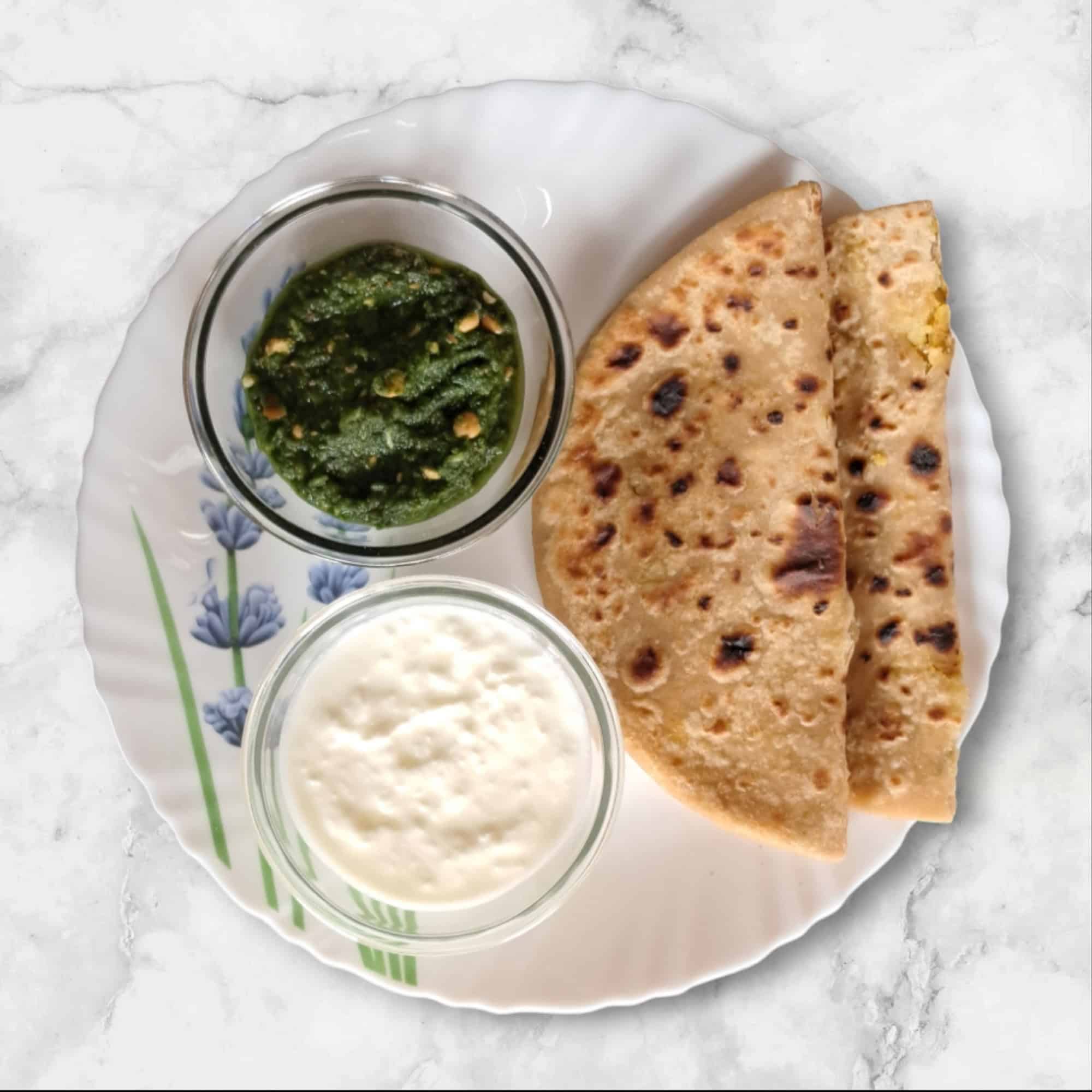
Table of Contents
Introduction
Sabudana Khichdi is a popular Indian dish made from tapioca pearls (sabudana), peanuts, and mild spices. It is especially consumed during fasting seasons like Navratri, Mahashivratri, and Ekadashi. Light, gluten-free, and full of flavor, this dish is a favorite among health-conscious individuals and those looking for a quick and easy meal.
What is Sabudana?
Sabudana, also known as sago or tapioca pearls, is extracted from the roots of the cassava plant. It is rich in carbohydrates, making it an excellent energy booster. Commonly used in Indian cuisine, sabudana is a staple ingredient for fasting and detox diets.
Why is Sabudana Khichdi So Popular?
- Perfect for fasting – Sabudana khichdi is light on the stomach and adheres to Hindu fasting rules.
- Quick to prepare – Requires minimal ingredients and can be made in under 30 minutes.
- Versatile and delicious – Can be customized with spices, vegetables, and nuts.
Ingredients Required for Sabudana Khichdi
Main Ingredients:
- 1 cup sabudana (tapioca pearls)
- ½ cup peanuts (roasted and crushed)
- 1 medium-sized potato (diced)
- 1 green chili (chopped)
- 1 teaspoon cumin seeds
- 1 tablespoon ghee or oil
- Salt (rock salt for fasting)
- ½ teaspoon sugar
- 1 tablespoon lemon juice
- Fresh coriander leaves (chopped)
Optional Ingredients:
- Grated coconut
- Curry leaves
- Black pepper
Step-by-Step Recipe
Step 1: Soaking Sabudana
- Wash the sabudana thoroughly until the water runs clear.
- Soak in water (just enough to cover them) for 4-5 hours or overnight.
- Drain excess water and let it sit for 30 minutes.
Step 2: Cooking the Spices and Peanuts
- Heat ghee in a pan and add cumin seeds.
- Add chopped green chilies and diced potatoes; cook until soft.
- Stir in crushed peanuts for a crunchy texture.
Step 3: Mixing and Cooking the Khichdi
- Add soaked sabudana, salt, and sugar to the pan.
- Cook on low heat, stirring occasionally, until the pearls turn translucent.
Step 4: Garnishing and Serving
- Squeeze lemon juice and sprinkle fresh coriander leaves.
- Serve hot with yogurt or green chutney.
Common Mistakes and How to Avoid Them
- Sticky sabudana? Soak them properly and drain excess water.
- Hard sabudana? Allow them to rest after soaking.
- Too dry? Add a splash of water while cooking.
Health Benefits
- Provides quick energy
- Good for digestion
- Gluten-free and easy on the stomach
Conclusion
Sabudana Khichdi is a delightful dish that blends taste with health benefits. Whether you’re fasting or just looking for a light yet filling meal, this dish is a must-try!
FAQs
- How long should I soak sabudana for khichdi?
- At least 4-5 hours or overnight for the best texture.
- Can I make sabudana khichdi without peanuts?
- Yes, you can skip peanuts or replace them with cashews.
- Is sabudana khichdi good for diabetics?
- No, it has a high glycemic index and may spike blood sugar levels.
- Can I eat sabudana khichdi daily?
- It’s high in carbs, so occasional consumption is recommended.
- What should I do if my sabudana turns sticky?
- Rinse well before soaking and drain excess water before cooking.

